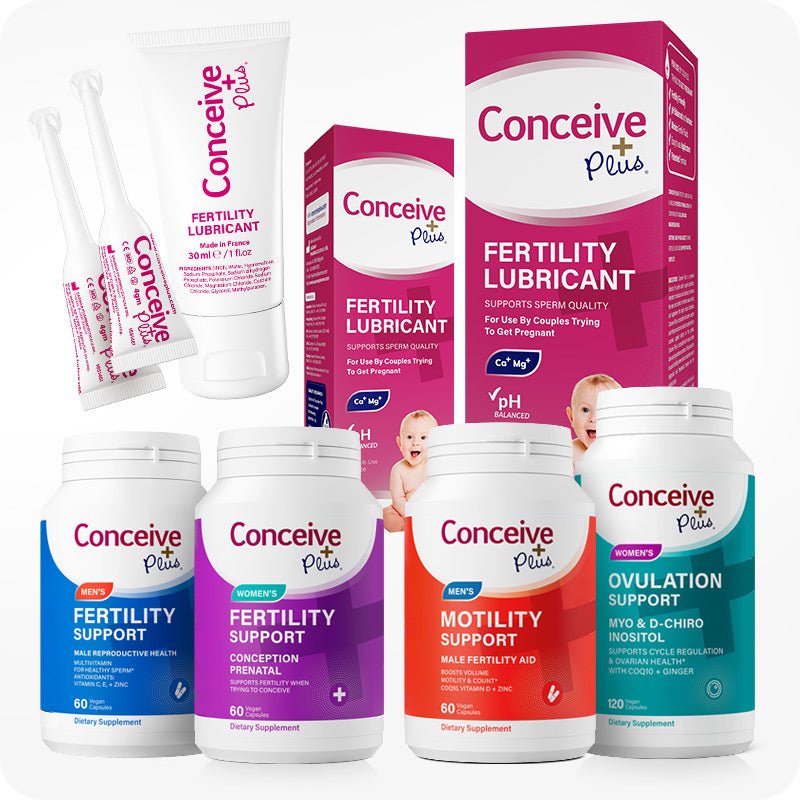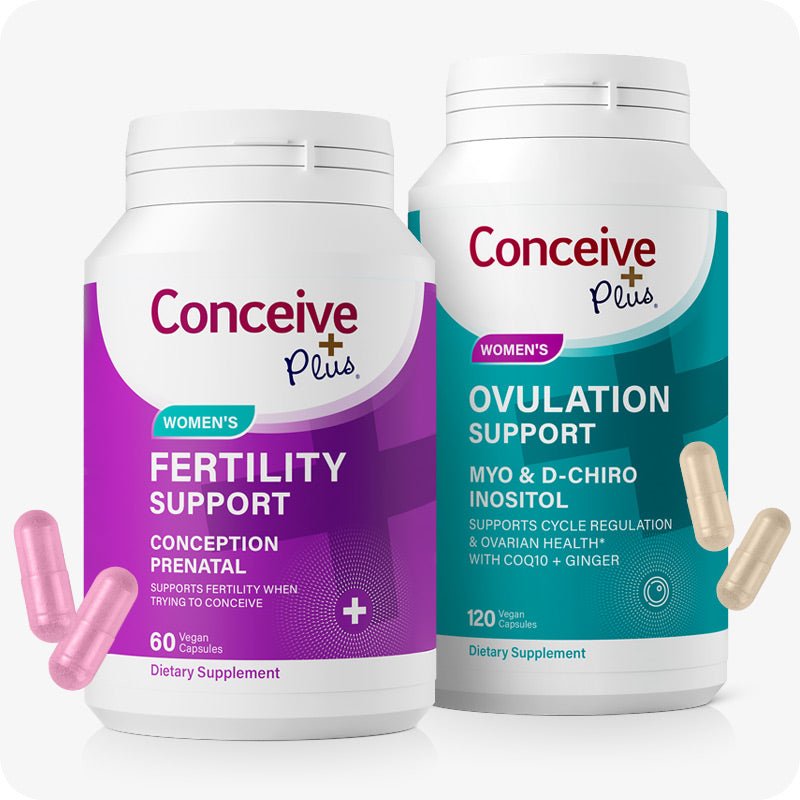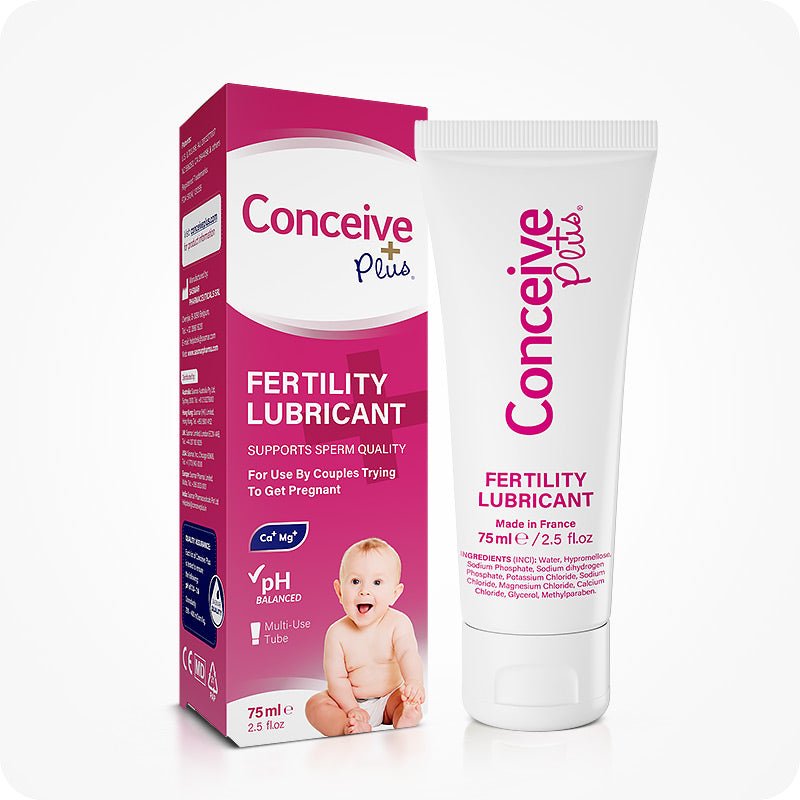What You Need to Know About Male Reproductive Problems and Diseases

Understanding male reproductive problems is crucial for maintaining overall health and well-being. Issues related to the male reproductive system diseases can affect a man's fertility, sexual function, and overall quality of life. Let's explore common male reproductive disorders, their causes, symptoms, and possible treatments. Early identification and management of these disorders of the reproductive system male can lead to better outcomes and improved health.
Erectile Dysfunction (ED)
Erectile dysfunction (ED) is one of the most common male reproductive ailments. It is characterized by the inability to achieve or maintain an erection sufficient for sexual intercourse [1]. This condition not only affects a man's confidence but can also indicate other underlying reproductive system disorders male.
Causes of Erectile Dysfunction
The causes of ED are varied and can include both physical and psychological factors:
- Poor blood flow to the penis, often due to cardiovascular issues, diabetes, or high blood pressure.
- Hormonal imbalances, which are common disorders in the male reproductive system.
- Lifestyle factors, such as smoking, excessive alcohol use, and a sedentary lifestyle.
- Psychological causes, such as stress, anxiety, and depression, which can further exacerbate the condition.
Treatments for Erectile Dysfunction
There are several effective treatments for ED:
- Lifestyle changes, including quitting smoking, reducing alcohol intake, and exercising regularly, can improve symptoms.
- Medications, such as phosphodiesterase type-5 (PDE5) inhibitors, increase blood flow to the penis.
- For more severe cases, vacuum erection devices, penile injections, or implants may be necessary.
Top Tip: Regular exercise and a balanced diet can reduce the risk of developing ED and other male reproductive diseases. Maintaining a healthy weight and managing stress are also essential.
Epididymitis: A Common Male Reproductive Issue
Epididymitis is an inflammation of the epididymis, a coiled tube at the back of the testicle where sperm mature. It is a relatively common disorder of reproductive system in male, particularly in younger men.
Types and Causes of Epididymitis
Epididymitis can be categorized as acute or chronic:
- Acute Epididymitis usually results from bacterial infections, including sexually transmitted infections (STIs) like chlamydia or gonorrhea [2].
- Chronic Epididymitis lasts for more than three months and may or may not be associated with a bacterial infection. It often presents with lower back pain or discomfort.
Symptoms and Treatment
Common symptoms include pain, swelling, redness in the scrotum, fever, and sometimes a urethral discharge. Treatment involves antibiotics to address bacterial infections, anti-inflammatory medications, and pain relief measures. Supporting the scrotum and applying cold compresses can also help alleviate symptoms.
Top Tip: Safe sexual practices and good personal hygiene can reduce the risk of developing epididymitis and other male reproductive system diseases.
Prostate Cancer: The Silent Threat
Prostate cancer is a leading cause of cancer among men and a significant male reproductive disorder. The prostate gland, located just below the bladder, is responsible for producing seminal fluid. Prostate cancer occurs when cells in the prostate grow uncontrollably.
Risk Factors and Symptoms
Risk factors for prostate cancer include age, family history, a diet high in fats, and a sedentary lifestyle. Symptoms may not appear until the cancer has advanced and can include:
- Difficulty urinating or a weak urine stream.
- Frequent urination, especially at night.
- Blood in urine or semen.
- Painful ejaculation or ED.
Diagnosis and Treatment Options
Early detection through regular screening, such as prostate-specific antigen (PSA) blood tests and digital rectal exams, is vital. Treatment may include active surveillance, surgery, radiation, or chemotherapy, depending on the cancer's stage [3].
Top Tip: Regular medical check-ups and a diet rich in fruits and vegetables can help maintain prostate health and reduce cancer risk.
Testicular Cancer: A Younger Man's Disease
Testicular cancer is a relatively rare ailments of male reproductive system but is the most common cancer in young men aged 20 to 39. It often presents as a lump or swelling in the testicle.
Signs and Symptoms
The initial signs of shooting blank sperm or sperm low count may indicate underlying issues such as testicular cancer. Other symptoms include:
- A painless lump or swelling in either testicle.
- A feeling of heaviness in the scrotum.
- Pain or discomfort in the testicle or scrotum.
Diagnosis and Treatment
Diagnosis is typically made through physical exams, ultrasounds, and blood tests for tumor markers. Treatment usually involves surgical removal of the affected testicle, followed by radiation or chemotherapy if necessary. Early detection greatly improves the prognosis [4].
Top Tip: Monthly self-examinations can help detect changes early, allowing for timely medical intervention.
Other Common Disorders in the Male Reproductive System
Several other disorders in the male reproductive system can impact fertility and overall health:
- Varicocele: Swelling of the veins within the scrotum, potentially affecting sperm quality [5].
- Hypospadias: A condition where the urethral opening is not at the tip of the penis, which may require surgical correction.
- Benign Prostatic Hyperplasia (BPH): An enlarged prostate that can cause urinary issues, commonly managed with medications or surgery.
Top Tip: Knowing your family's medical history and undergoing regular screenings can help detect and manage these conditions early.
Recognizing Signs of Fertility Problems
Men who are trying to conceive need to be aware of the signs of shooting blank sperm. This term refers to ejaculating semen without viable sperm, which can be a significant indicator of infertility. Several male reproductive problems can lead to this condition.
Potential causes include:
- Hormonal Imbalances: Issues with hormone levels can disrupt sperm production.
- Blockages: In the ducts carrying sperm, often due to infections or conditions like varicocele.
- Genetic Disorders: Conditions such as Klinefelter syndrome that affect sperm production.
Improving fertility often involves making lifestyle changes, such as reducing alcohol consumption, quitting smoking, and maintaining a healthy weight. Nutritional support, including supplements with Folic Acid, Zinc, Vitamin C, and CoQ10, can also play a role in enhancing sperm health.
Final Thoughts
Addressing male reproductive problems is vital for long-term health and fertility. From ED to prostate and testicular cancer, understanding these male reproductive system diseases and taking proactive steps, such as regular check-ups and a healthy lifestyle, can make a significant difference. Conceive Plus offers various products that can support overall reproductive health, providing valuable support for those on their fertility journey.
FAQs
1. What causes erectile dysfunction?
ED can be caused by a variety of factors, including cardiovascular issues, diabetes, hormonal imbalances, and psychological conditions such as anxiety and depression.
2. How is testicular cancer diagnosed?
Diagnosis typically involves a physical exam, ultrasound, and blood tests for tumor markers. Early detection is key to successful treatment.
3. Can lifestyle changes improve benign prostatic hyperplasia (BPH) symptoms?
Yes, limiting caffeine and alcohol, performing pelvic floor exercises, and maintaining a healthy weight can help manage BPH symptoms.
4. What are some risk factors for prostate cancer?
Risk factors include older age, a high-fat diet, a sedentary lifestyle, and a family history of prostate cancer.
5. How can men maintain good reproductive health?
Regular medical check-ups, practicing safe sex, maintaining a healthy lifestyle, and being vigilant about changes in the body are crucial for maintaining reproductive health.
Citations
- Heidelbaugh JJ. Management of erectile dysfunction. Am Fam Physician. Available at: https://pubmed.ncbi.nlm.nih.gov/20112889/
- Rupp TJ, Leslie SW. Epididymitis. Available at: https://www.ncbi.nlm.nih.gov/books/NBK430814/
- Rawla, P. (2019). Epidemiology of Prostate Cancer. World Journal of Oncology. Available at: https://pubmed.ncbi.nlm.nih.gov/31068988/
- Cancer Research UK. (2018). Risks and causes of testicular cancer. Available at: https://www.cancerresearchuk.org/about-cancer/testicular-cancer/risks-causes
- Kantartzi PD, Goulis ChD, Goulis GD, Papadimas I. Male infertility and varicocele: myths and reality. Hippokratia. Available at: https://www.ncbi.nlm.nih.gov/pmc/articles/PMC2658802/













